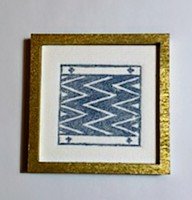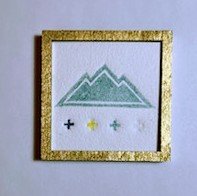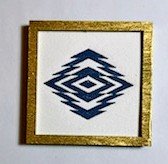Tiny Gallery Erwin Park
Visit Tiny Gallery Erwin Park
Kathleen Heron
Though formally trained, Kathleen Heron considers herself a self-taught artist, guided by intuition through ink, wood, and found objects. Her practice centers on drawing and assemblage—dreamlike figures emerge from expressive lines while everyday objects converge into surreal, often plotless tableaus.
“Even when proportions are off, the figures feel alive. That comes from years of drawing the human form from life, developing a deep familiarity with its essence,” she says.
Sometimes, she draws directly on found wood, drawing inspiration from its grain and knots. Her assemblages come together almost instinctively, grounded in overlooked materials like boxes, plaques, and drawers. Peripheral vision and chance encounters in the studio often spark new pieces.
Heron’s goal is to make the unbelievable believable—whether through distorted yet lifelike figures or unexpected object combinations that somehow feel real.
Prior shows
Darby Raymond-Overstreet (Diné)
Sept 8 - Feb 4
“As a Diné artist I find that working with patterns is the most illuminating way for me to explore and expand my understanding of the world. Much of my work is about identity. I’m interested in how cultural practices of art influence and inform collective identity, and additionally, how our relationships to our ancestries, our contemporaries, and our descendants culminate to define personal identities and perspectives.”
Darby Raymond-Overstreet is an award winning digital artist and printmaker. Born in Tuba City Arizona, and raised in Flagstaff Arizona, she is a proud member of the Navajo Nation. She received her B.A.s in Psychology and Studio Art and graduated with Honors from Dartmouth College in 2016. She currently resides in Chimayó, NM and through her work she studies, works with and creates Navajo/Diné pattern designs that materialize through portraits, landscapes, and abstract forms. Her work is heavily inspired by and derived from Traditional Diné/Navajo textiles, with particular interest in pieces woven in the late 1800’s-1950’s.




















